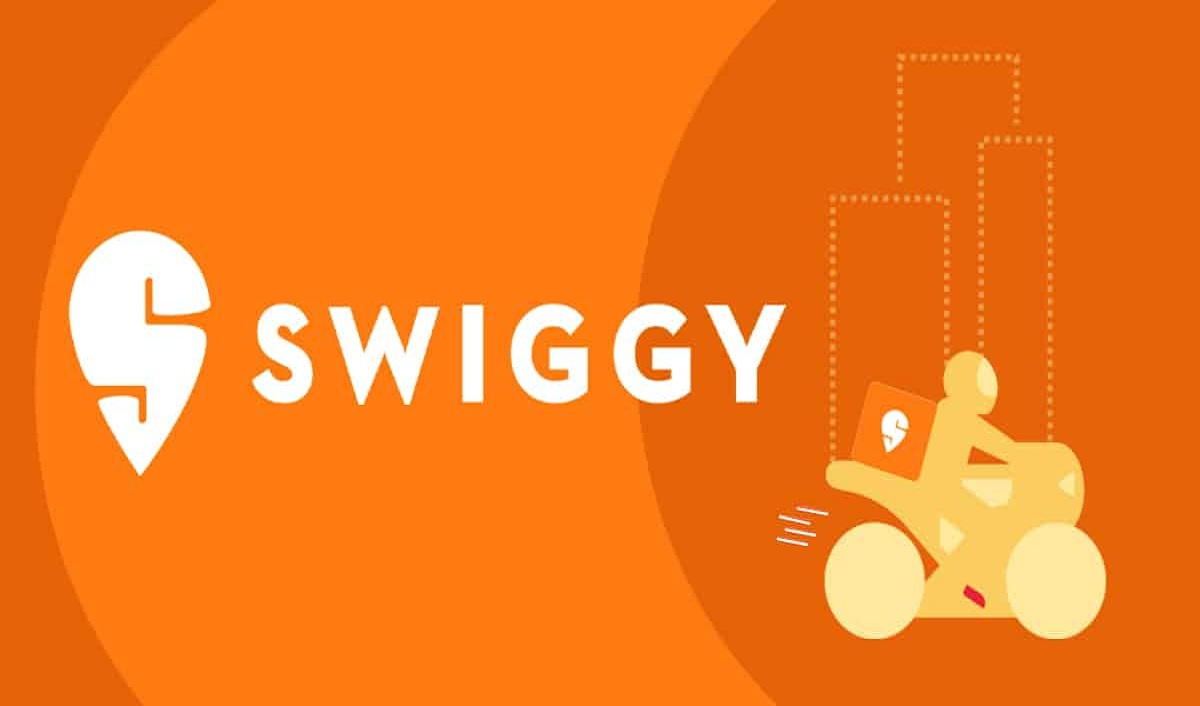The food delivery industry has exploded in recent years, especially with platforms like Swiggy, Zomato, Uber Eats, and DoorDash leading the charge. These services have reshaped how people order food, emphasizing convenience, speed, and digital experiences.
If you’re wondering how to create an app like Swiggy or how to start a food delivery business, this guide will walk you through all the crucial steps—from conceptualization to development, launch, and scale.
Why Start a Business Like Swiggy?
The online food delivery market is expected to reach $5001 billion by 2030 globally, and India’s contribution alone is massive, with millions of orders daily.
Key Reasons to Start:
- Low-touch dining is the norm post-COVID
- Urban population prefers convenience
- Tech infrastructure is widely available
- Opportunity for hyperlocal and niche models
- Room for growth in Tier 2 and Tier 3 cities
1. Understanding Swiggy’s Business Model
Before building your app or service, you must understand how Swiggy works and how it earns.
Swiggy Business Model:
- Marketplace model that connects users with restaurants
- Logistics model with its own delivery fleet
- Cloud kitchen integration
- Subscription services (e.g., Swiggy One)
Revenue Streams:
- Commission from restaurants (15–30%)
- Delivery charges
- Surge pricing
- Subscription plans
- Sponsored listings
- In-app ads
2. Step-by-Step Plan to Start a Business Like Swiggy
Step 1: Choose Your Market and Niche
Decide:
- Location: Start with one city or zone
- Cuisine focus: Multi-cuisine or niche (veg, biryani, desserts, etc.)
- Restaurant partners: Cloud kitchens, cafes, local eateries
- Value proposition: Fast delivery? Zero commission for restaurants?
Step 2: Legal and Business Setup
- Register your business (LLP or Pvt. Ltd.)
- Get FSSAI license if you’re handling food directly
- GST registration
- Draft partnership contracts for restaurants and delivery agents
Step 3: Build a Delivery Network
Swiggy’s logistics backbone is what powers its reliability.
- Hire or partner with delivery executives (part-time or full-time)
- Provide them with mobile apps, uniforms, delivery bags
- Set up delivery zones and define peak/off-peak shifts
- Implement training, support, and incentive systems
Step 4: Onboard Restaurants
Restaurants are your supply side. Offer value:
- Increased online orders and visibility
- Marketing and promo features
- No need to hire their own delivery staff
- Analytics dashboards for performance
3. How to Build a Food Delivery App Like Swiggy
You’ll need three core platforms:
- Customer App – For browsing and ordering food
- Restaurant App / Dashboard – For managing menus and orders
- Delivery Agent App – For tracking deliveries
- Admin Panel – For managing the entire system
Must-Have Features in a Swiggy-Like App
Customer App
- User registration/login
- Real-time restaurant listing and search
- Menu browsing
- Add to cart & checkout
- GPS tracking for delivery
- Multiple payment options
- Order status updates
- Offers and coupons
- Ratings and reviews
- Customer support chat
Restaurant App/Panel
- Restaurant profile management
- Add/edit menu items
- Accept/reject orders
- Manage delivery time & prep time
- View analytics and earnings
- Respond to customer reviews
Delivery Agent App
- Agent onboarding and verification
- Real-time order alerts
- GPS navigation
- Earnings dashboard
- Pickup and drop confirmation
- Availability toggle
Admin Panel
- User management
- Restaurant and delivery management
- Order and transaction overview
- Commission and pricing setup
- CMS for ads and banners
- Real-time analytics
- Suggested Tech Stack for a Swiggy Clone App
| Component | Technology |
| Frontend (Mobile) | Flutter / React Native |
| Backend | Node.js / Django / Laravel |
| Database | PostgreSQL / MongoDB |
| Real-time Features | Socket.IO / Firebase |
| Maps & Navigation | Google Maps API |
| Notifications | Firebase / OneSignal |
| Payments | Stripe / Razorpay / PayPal |
| Hosting | AWS / Google Cloud / DigitalOcean |
6. Monetization Strategies
How Will You Earn?
- Commission on Orders – Primary income source
- Delivery Fee from Users – Based on distance, order size, peak hours
- Subscription Plans – Free delivery or priority for members
- Restaurant Subscriptions – Higher visibility in app, ads
- Ad Revenue – Sponsored listings or banner placements
- Affiliate Sales – Partner with food brands, cutlery, or drinks

7. Marketing Strategy
You’ll need to attract customers, restaurants, and delivery partners simultaneously.
Customer Acquisition:
- Free delivery for first orders
- App-only exclusive offers
- Referral bonuses
- Collaborations with influencers
- Local SEO and Google Ads
- Push notifications & retargeting
Restaurant Onboarding:
- Offer 0% commission for initial months
- Provide branding and photo services
- Display case studies of successful restaurants
- Offer back-end tools like CRM, menu manager
Delivery Partner Hiring:
- Run local hiring campaigns
- Offer joining bonuses and performance-based incentives
- Weekly payout and flexible work hours
8. Challenges and How to Overcome Them
| Challenge | Solution |
| Logistics Management | Build a smart routing engine, offer surge bonuses |
| Restaurant Reliability | Set SLA (Service Level Agreements), audit quality |
| App Performance | Hire experienced developers, focus on scalable architecture |
| High Customer Expectations | Provide 24/7 customer support, refunds, tracking |
| Strong Competition | Target underserved areas, offer niche cuisines, lower fees |
9. Scaling Your Swiggy-Like Business
Once you’ve tested your model in one city, scale step by step.
- Expand to nearby cities with high food traffic
- Add verticals: grocery (like Swiggy Instamart), liquor, medicines
- Partner with cloud kitchens to improve margins
- Build an internal fleet or outsource logistics
- Integrate AI/ML for smart delivery, demand prediction, dynamic pricing
Sample Launch Timeline
| Week | Milestone |
| 1–2 | Market research & business planning |
| 3–5 | Legal registration, vendor agreements |
| 6–10 | UI/UX design & development starts |
| 11–14 | App testing, bug fixes, partner onboarding |
| 15 | Soft launch in a small zone |
| 16–20 | Full launch + aggressive marketing |
Business Model Canvas – Swiggy-Like Startup
| Section | Description |
| Key Partners | Restaurants, delivery agents, payment gateways |
| Key Activities | Order processing, delivery, support, tech updates |
| Value Proposition | Fast, reliable, affordable food delivery |
| Customer Segments | Urban consumers, restaurants, working professionals |
| Channels | Mobile app, website, social media |
| Revenue Streams | Commissions, delivery charges, subscriptions |
| Cost Structure | Tech development, delivery ops, marketing |
Final Thoughts: Can You Build the Next Swiggy?
Yes, you can. With smart planning, the right tech team, and a focus on logistics and customer satisfaction, you can launch a hyperlocal food delivery platform and grow it city by city.
Even in saturated markets, there’s room for niche platforms—like focusing on organic food, college campuses, home chefs, or regional cuisines.

